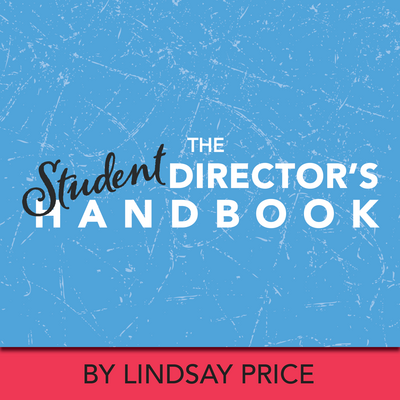Pros and Cons of Double-Casting
In theatrical terms, double-casting is when two actors are both cast in the same role, and take turns playing the role during alternating performances. It is different than casting an understudy. An understudy only performs when the actor in the role is away or ill. In a double-cast role, both actors are equally suited to playing the role. They share the responsibility that the role entails, while bringing their own subtle nuances to the performance.
Double-casting a role can mean more work for the director, but it also has many benefits. Let’s look at some pros and cons of double-casting, which might help you when you’re casting your next production.
PROS
Double-casting gives more opportunities to more students.
This is the biggest advantage of double-casting: it’s a great way to give more students opportunities in a show. It essentially gives you two actors for the price of one! Rather than competing for a single leading role, having two students share the role gives them both the chance to be a lead while taking off the pressure of having to carry the show themselves.
It also gives audiences a reason to come back and see the show again, so they can see both students play the role.
Double-casting gives directors the opportunity to approach the show and role(s) in different ways.
Every actor approaches a character differently, and double-casting gives students the opportunity to explore that. You could even go further with your students and block or choreograph scenes or numbers differently, depending on which student is playing the role! This way might be more challenging for all your actors, but it’s also a lot of fun.
If an actor is sick or injured, you have a built-in understudy.
I’ve actually seen this happen. In a double-cast production of The Drowsy Chaperone, one of the students cast as Kitty broke her ankle a couple of weeks before the show. It was unfortunate for that student, but as the role was double-cast, the alternate Kitty covered her performances. No muss, no fuss.
Double-casting can also be a preventative measure for roles that are physically or vocally demanding. Sharing the number of performances between two student actors reduces the risk of vocal strain or injury, simply because they are not working their bodies and voices so hard for a continuous amount of time. (Aside from legal reasons regarding the amount of time child actors are allowed to perform, this is a common reason why (in professional theatre) many child roles are shared between two or more young actors. A recent example of this is the Broadway and West End productions of Matilda, which featured three to four actresses sharing the title role.)
CONS
Everything takes twice as long.
You can teach and direct both students at the same time, but each scene will then have to be rehearsed and reviewed at least twice (so both actors have adequate time to practice). When it gets closer to showtime, you will have to schedule runs for both students. It might be advantageous to have one student play the role at tech and the other student to play the role at dress.
On a similar note, unless your students are exactly the same size, you will need two of every costume.
You must have an even number of performances.
In a double-cast show, both students should have the same number of performances, to keep things fair. It is also important to ensure that they have an equal number of matinee and evening performances, so friends and family members have different chances to see their performance. It is also nice to be able to give one student the opening performance and the other student the closing performance, as those two performances are extra-special.
If you absolutely must have an odd number of performances, I tend to err on the older student having the extra performance. If they are both in the same grade, you will probably have to draw straws or draw names out of a hat.
There is a risk of comparison and/or competition.
They say “comparison is the thief of joy” and that’s especially true when it comes to students. It is imperative that students who are double-cast not be compared to each other, or the one held up higher than the other. Instead, foster a sense of teamwork. Both students should work together to make character discoveries, while celebrating the nuances that make each student actor unique. Your students will not approach the same character exactly the same way. One student actor may very well be stronger or more experienced than the other. But be sure to give equal time and energy to both students, to help them grow and learn.
If you have multiple double-cast roles in a production, you should come up with creative cast names that also denote equal billing. Avoid calling groups “Cast 1 and Cast 2” or “Cast A and Cast B,” as that implies one cast is better/more important than the other. When I directed The Little Mermaid with double-cast actors, our casts were called the “Sea Cast” and the “Land Cast.” A production of The Secret Garden had the “Door Cast” and “Key Cast.” This is a great opportunity to be creative with your naming systems!
Audition Toolkit
by Lindsay Price, Craig Mason, and Kerry Hishon
Teach students to present their best selves in an audition situation with The Audition Toolkit - complete with articles, exercises, tips and more for both teachers and students.
The Student Director's Handbook
by Lindsay Price
Help students take their show from first audition to opening night with The Student Director’s Handbook. This easy-to-use ebook is full of guidelines, tips and templates designed to help students create a vision, circumvent problems and organize rehearsals on their way to a successful production.
The Rehearsal Companion
by Kerry Hishon
You’ve chosen the play, paid the royalties, done the script analysis, held your auditions, and cast the show. Tomorrow is the first rehearsal. Are you ready? Really ready? The Rehearsal Companion can help!






